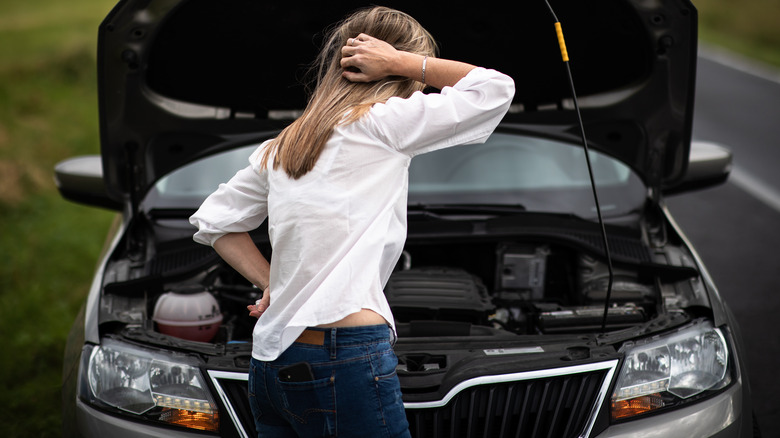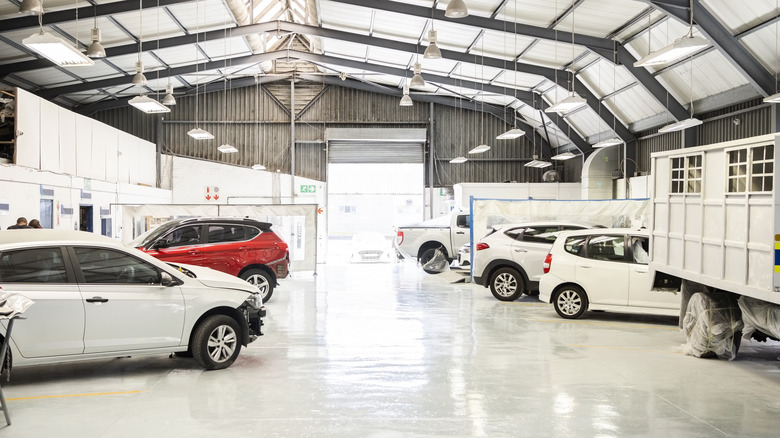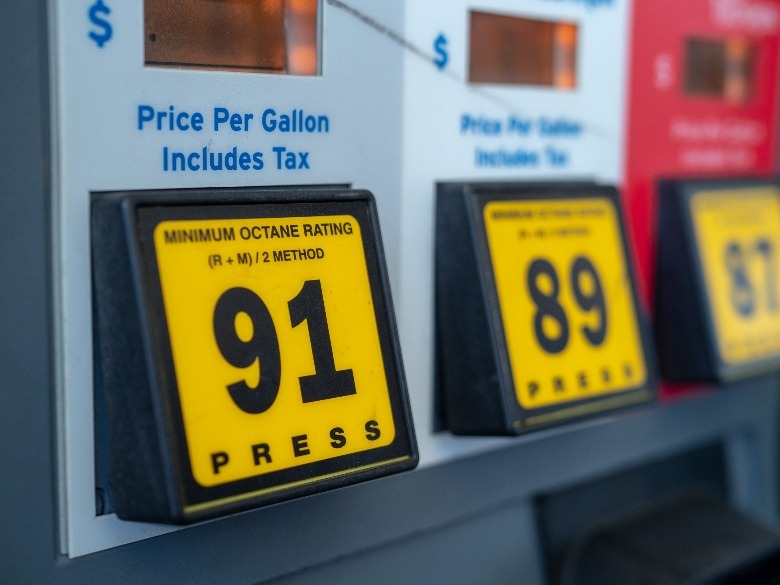5 Ways You're Hurting Your Car Without Even Realizing
Taking care of your precious ride has more to do with just changing the oil and periodically washing the body. Car owners often unknowingly hurt their rides with a few common mistakes.
For instance, there's a myth that driving with overinflated tires will help improve fuel economy, but it's one of the biggest mistakes you can make in any car, truck, or SUV. Au contraire, excessively pumping up your car's tires with air will compromise the handling and ride comfort. Moreover, it causes uneven wear on the tires, which is not a good outlook since new tires are expensive nowadays.
Another myth is to shift into neutral (N) when driving downhill, a dangerous proposition that could overheat the brakes and lead to excessive wear and tear on the brake rotors. Driving downhill with the transmission in neutral disengages the engine brake function, which helps the car slow down. Without it, your vehicle is typically free-wheeling and would take more time to stop, even when stomping on the brakes.
However, more unintentional mistakes could lead to more significant and more expensive car problems later on.
Avoid doing these things to preserve your car
The most important thing to remember is to consistently use the correct engine fluids in applications like the oil, power steering fluid, brake fluid, and coolant. Do not mix or mistake the fluids for another, as pouring brake fluid into the power steering system, for instance, will lead to costly repair bills and replacements.
Consider getting an oil change every 5,000 miles, and remember to flush and change the radiator coolant at least once every 30,000 miles. In addition, consider using winterized coolant in cold weather to prevent the liquid from freezing. Read the owner's manual to determine what fluids suit your car.
Speaking of cold weather, stomping on the gas pedal when the engine is cold leads to more internal friction and damage. Allow the vehicle to warm up properly before driving, which applies to gasoline and diesel-powered cars. Check the engine temperature when starting vehicles in the morning or during cold weather. When the temperature needle rises to normal (about three to five minutes after starting, depending on the weather), you can proceed with driving.
Enthusiasts might claim that using premium gas helps improve acceleration and performance, but it's just a myth. An engine that requires regular gas will not go faster or accelerate quicker when running on premium fuel. On the other hand, a car that requires high-octane fuel will run poorly on a steady diet of regular gas, and pumping E85 to a vehicle not equipped to burn ethanol-blend gasoline could lead to hefty repair bills.
Lastly, consistently driving with a near-empty fuel tank could damage the fuel pump and engine. Most fuel pumps reside inside the tank and need sufficient fuel to cool down, and driving with the fuel light on could suck dirt and debris from the bottom of the tank into the fuel lines and engine.


